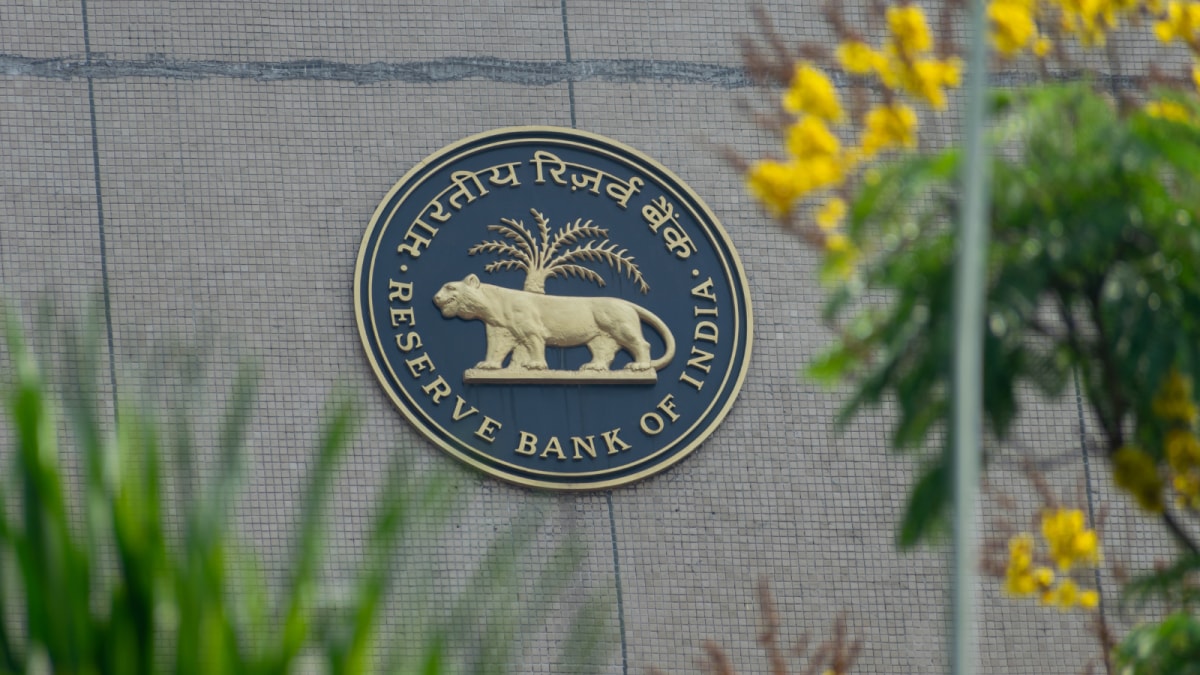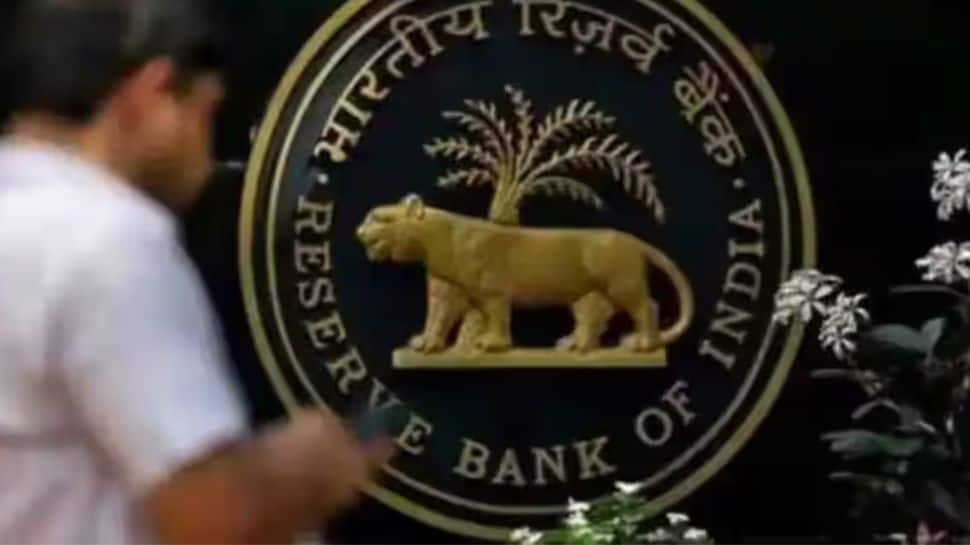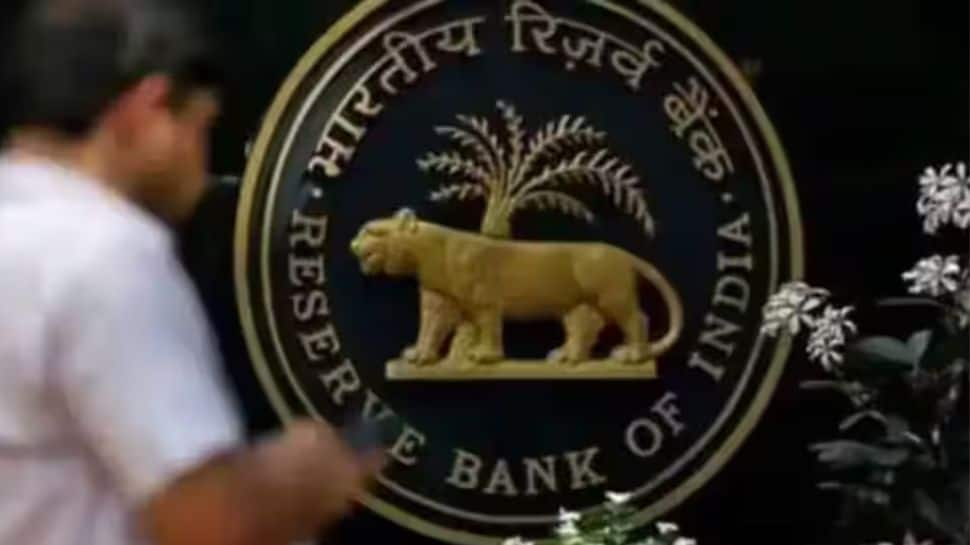Business
India’s Forex Reserves surge By $5.54 Bn To $692.58 Billion
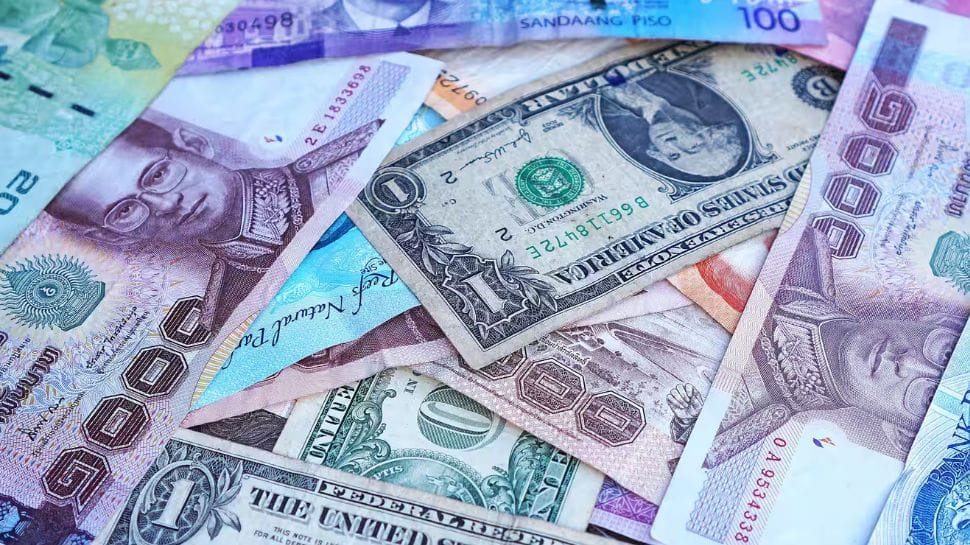
New Delhi: India’s foreign exchange (Forex) reserves surged by $5.54 billion to $692.58 billion during the week ended November 14, according to the figures released by the RBI on Friday. The increase was driven largely by a jump in the value of the gold component of the country’s Forex kitty that shot up by as much as $5.34 billion to touch $106.86 billion during the week.
This increase mainly reflects a rise in global gold prices, as the RBI’s gold is valued according to the price movement in the global market. Foreign Currency Assets (FCAs), which comprise the largest component of the Forex reserves, recorded an increase of $152 million to touch $562.29 billion.
The smaller components of the foreign exchange reserves, constituted by Special Drawing Rights (SDRs) rose by $56 million to $18.65 billion while the reserves with the IMF went up $8 million, to touch $4.78 billion. India’s foreign exchange reserves are sufficient to fund more than 11 months of goods imports and about 96 per cent of external debt outstanding, RBI Governor Sanjay Malhotra said recently.
The RBI Governor said, “Overall, India’s external sector remains resilient as key external sector vulnerability indicators continue to improve. We remain confident of meeting our external financing requirements.”
The share of gold in India’s foreign exchange reserves has almost doubled over the past decade, from below 7 per cent to nearly 15 per cent, reflecting both steady central bank accumulation and a surge in global bullion prices. This is the highest proportion of gold in the country’s total reserves since 1996-97, according to market analysts.
Gold prices have shot up by as much as 65 per cent in 2025 due to the increased demand for the precious metal as a safe haven asset amid rising geopolitical uncertainty in the Middle East and the trade wars triggered by the US tariff hikes.
Central banks worldwide have accumulated substantial amounts of gold as a safe-haven asset in their foreign exchange reserves amid uncertainty created by geopolitical tensions. The share of gold maintained by the Reserve Bank of India as part of its foreign exchange reserves has almost doubled since 2021.
The RBI has added approximately 75 tonnes to its gold reserves since 2024, bringing its total holdings to 880 tonnes, which now constitute about 14 per cent of India’s total foreign exchange reserves, according to a Morgan Stanley report.
India is the world’s second-largest consumer of gold, next only to China and relies on imports to meet demand. Buying gold is deeply rooted in Indian culture and is used in large quantities in the form of jewellery for the bride and bridegroom during their wedding ceremonies. It also constitutes an important channel of safe haven investment and a status symbol for families and individuals.
Business
Cambridge shelter resident says Budget must focus on housing
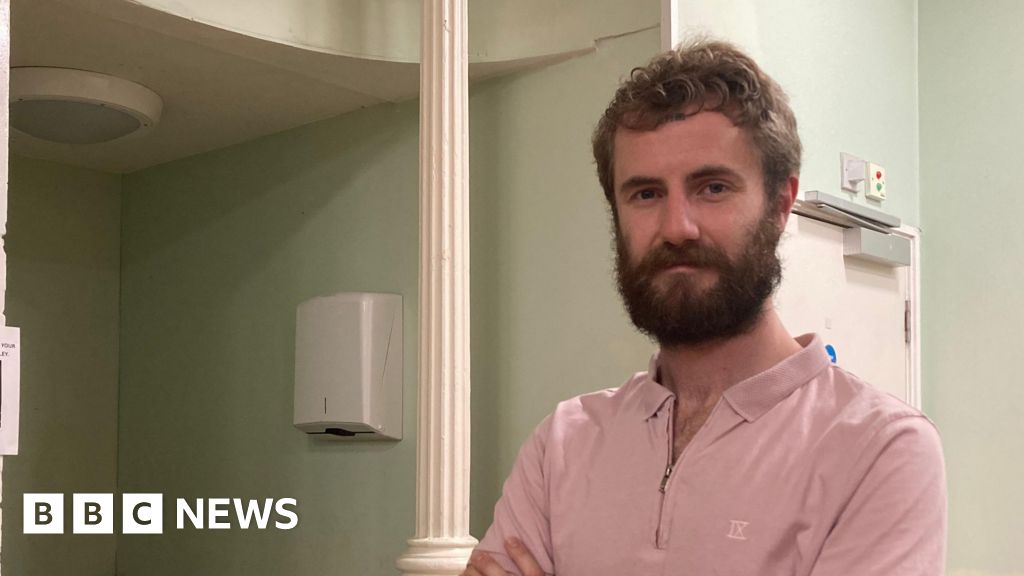
A man experiencing homelessness said he hoped the government would focus on increasing accessibility to housing in its upcoming Budget.
Josh, 26, who is currently a resident at the night shelter Jimmy’s in Cambridge, said the availability of council housing and “move-on housing” – shared accommodation where people can receive support – was important.
Chancellor Rachel Reeves will deliver Labour’s second budget on 26 November.
Cambridge City Council received 1,139 homelessness applications between April 2024 and March 2025, which was a 13% rise on the previous year.
Josh said his focus was to get back into work after he completed his electrician qualifications, which he said were “just as hard as a degree in my opinion”.
He would like to see the Budget include more opportunities for continuing apprenticeships and more financial support for necessities such as course books.
Josh said he recently received a government grant to pay for essential job hunting equipment, such as a mobile phone, boots and suitable clothing.
He added that he would support a rise in taxes if they were spent on investing in public services, “especially the train lines into London”.
Andrew works in the security sector and lives in Peterborough in a home owned by the charity Hope Into Action.
The charity, which was set up in the city 15 years ago, owns 130 houses across the UK.
Andrew has beea living in one of the charity’s properties for two years, after experiencing homelessness for about “three or four months”.
“The charity saved my life,” he said.
He said renting in the private sector “can be expensive” but that people themselves have “got to budget as much as possible”.
Applications for housing to Peterborough City Council are also rising.
In 2024, it was contacted by 3,654 households facing homelessness, which was an 11% jump on the previous year.
And since 7 April this year, there have already been 2,333 approaches – an average of 70 a week.
The authority received nearly £1m last month to help tackle rough sleeping in the city.
Andrew said he recognised that public services needed to be paid for and that if tax rises needed to happen to pay for them then “you’ve got to make good” yourself.
HM Treasury was contacted for comment.
Business
Kotak Mahindra stock split: Bank announces 1:5 share split; aims to boost liquidity- what you need to know – The Times of India

Kotak Mahindra Bank on Friday said its board has approved a sub-division of equity shares in a 1:5 ratio to make the stock more affordable and enhance market liquidity. The decision was taken on the lender’s 40th foundation day and is subject to statutory and regulatory approvals, the private sector bank said in a regulatory filing.Under the proposal, one existing equity share of face value Rs 5 will be split into five shares of face value Rs 1 each, fully paid-up. The lender last conducted a stock split in 2010, when it subdivided shares in a 1:2 ratio, PTI reported.Commenting on the decision, the bank’s part-time chairman CS Rajan said, “As we celebrate 40 years of our journey, we reaffirm our commitment to creating long-term value for our shareholders. This milestone is not just a reflection of our legacy, but a Kotak for the future.”He added that the move is intended to encourage broader investor participation by making equity shares “more affordable and liquid”.Managing Director and CEO Ashok Vaswani said, “Forty years ago, we began a journey rooted in trust and innovation. Today, as we celebrate this remarkable milestone, we also look ahead with a renewed ambition. The decision to implement a stock split echoes our commitment to inclusivity, so that more investors can join us in the Kotak growth story.”The board also approved amendments to the capital clause of the Memorandum of Association to reflect the revised share structure post-split. The change will take effect after necessary approvals from shareholders, the Reserve Bank of India, and other regulatory authorities.The process is expected to be completed within two months of receiving all clearances. Shares of Kotak Mahindra Bank closed 0.51% lower at Rs 2,086.50 apiece on the BSE on Friday.
Business
Eli Lilly hits $1 trillion market value, a first for a health-care company

A sign with the company logo sits outside of the headquarters of Eli Lilly in Indianapolis, Indiana, on March 17, 2024.
Scott Olson | Getty Images
Eli Lilly reached a $1 trillion market capitalization on Friday, the first health-care company in the world to join the exclusive club dominated by tech firms.
Eli Lilly briefly hit the $1 trillion mark in morning trading before retreating. It was last trading around $1,048 a share. Eli Lilly is the second nontechnology company to reach the coveted $1 trillion mark in the U.S. after Warren Buffett‘s Berkshire Hathaway.
The drugmaker’s stock has climbed more than 36% this year as investors applaud the gains it has made over chief rival Novo Nordisk in the GLP-1 drug space. The Indianapolis-based company’s stock has been riding the skyrocketing popularity of its weight loss injection Zepbound and diabetes treatment Mounjaro.
Eli Lilly’s stock has soared on the back of the success of its drugs Mounjaro and Zepbound.Demand is only expected to grow as approvals for the treatments’ uses and insurance coverage expand.
The two drugs have driven eye-popping sales growth for Eli Lilly. Last month, the company said Mounjaro drew in $6.52 billion in revenue in the third quarter, a 109% increase from the previous year. Meanwhile, Zepbound posted $3.59 billion in sales during the period, a 184% spike from the prior-year period.
Demand for the treatments will only grow as approvals for their use and insurance coverage expand. In addition, Eli Lilly expects an oral version of its popular drugs to hit the market next year, which could give patients a more convenient option than a shot that is easier for the company to produce.
Eli Lilly will likely remain a dominant player in the weight loss drug market, which some analysts believe could be worth more than $150 billion by the early 2030s.
But despite its recent struggles and leadership shake-ups, Novo Nordisk remains a formidable rival for Eli Lilly in the space. Pfizer also made a push forward in the market, as well, when it won a $10 billion bidding war with Novo Nordisk for obesity drugmaker Metsera earlier this month.
The runaway success of Zepbound, Mounjaro
Eli Lilly, a pharmaceutical chemist and Union veteran of the U.S. Civil War, founded his namesake company in 1876. It has long been at the forefront of the diabetes treatment space, introducing the world’s first commercial insulin in 1923.
Eli Lilly became a publicly traded company on the New York Stock Exchange by 1952, and for decades relied on a slate of widely successful products to drive much of its profits and revenue. That included insulins, the antidepressant pill Prozac and the earliest polio vaccine.
An Eli Lilly & Co. Zepbound injection pen, March 28, 2024.
Bloomberg | Bloomberg | Getty Images
Eli Lilly hit the jackpot with the May 2022 approval of tirzepatide for diabetes, which is sold as Mounjaro. It started to compete with Novo Nordisk’s diabetes injection Ozempic, which had entered the market a few years earlier.
But Eli Lilly brought a new way to treat diabetes and eventually, obesity. Tirzepatide works by imitating two hormones produced in the gut called GLP-1 and GIP. GLP-1 helps reduce food intake and appetite. GIP, which also suppresses appetite, may also improve how the body breaks down sugar and fat.
Meanwhile, Novo Nordisk’s semaglutide, the active ingredient in Ozempic and its weight loss drug Wegovy, only targets GLP-1.
Mounjaro achieved “blockbuster” status — meaning it generated more than $1 billion in annual sales — during its first full year on the market. Eli Lilly then won approval in late 2023 for tirzepatide as a treatment for obesity, which is sold as Zepbound and now competes with Novo Nordisk’s Wegovy.
By 2024, Mounjaro pulled in $11.54 billion in sales, while Zepbound posted $4.93 billion in revenue.
-

 Tech6 days ago
Tech6 days agoNew carbon capture method uses water and pressure to remove CO₂ from emissions at half current costs
-

 Politics1 week ago
Politics1 week agoBritish-Pakistani honoured for transforming UK halal meat industry
-

 Business6 days ago
Business6 days agoThese 9 Common Money Mistakes Are Eating Your Income
-

 Sports6 days ago
Sports6 days agoTexas A&M officer scolds South Carolina wide receiver after touchdown; department speaks out
-

 Business1 week ago
Business1 week agoWhat’s behind Rachel Reeves’s hokey cokey on income tax rises?
-

 Sports1 week ago
Sports1 week agoApple scrapping MLS Season Pass service in ’26
-

 Fashion1 week ago
Fashion1 week agoAfter London, Leeds and Newcastle, next stop Glasgow for busy Omnes
-

 Tech1 week ago
Tech1 week ago$25 Off Exclusive Blue Apron Coupon for November 2025


